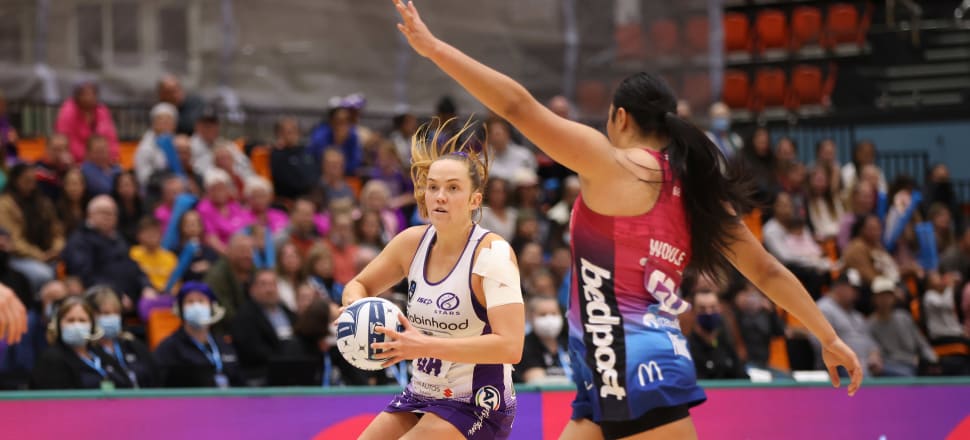
After dislocating her shoulder in a skiing accident four years ago, Stars goal attack Jamie Hume is back doing what she loves on the netball court. But it's taken surgery and intense rehab to get her there.
When Jamie Hume dislocated her shoulder while skiing backwards on Treble Cone, her first feeling was guilt.
It was August 2019, and Hume – on the cusp of making the Silver Ferns squad – had taken a skiing trip with friends.
She’d grown up the Central Otago town of Clyde and was a competent skier.
Hume was skiing backwards showing a friend how to turn, before they tumbled over. She put her arm down to stop herself and felt her shoulder dislocate, then come back into the joint.
“The pain was excruciating,” she says. “It was an awful sickening feeling. The feeling of something popping out of a joint is so unnatural.”
READ MORE:
*The long road to Paris’ rebound
*Amorangi aims to make a difference in two courts
As an elite level netballer, and a key shooter for the Stars in the ANZ Premiership, it was a bad moment.
“The first feeling was guilt,” she says. “We’re always told to be careful with whatever we’re doing if there’s a risk of injury. But it’s also important to be able to enjoy life outside of netball and this seemed like it would be fine.
“I didn’t realise the extent of the injury to be honest and I didn’t think it would go much past being sore for a couple of days.”
Instead, it went on for three seasons.
Hume was constantly worried her shoulder would dislocate at any moment. Over time it became a debilitating injury.
“It definitely had an impact on how I played and trained,” the 27-year-old Stars goal attack says.
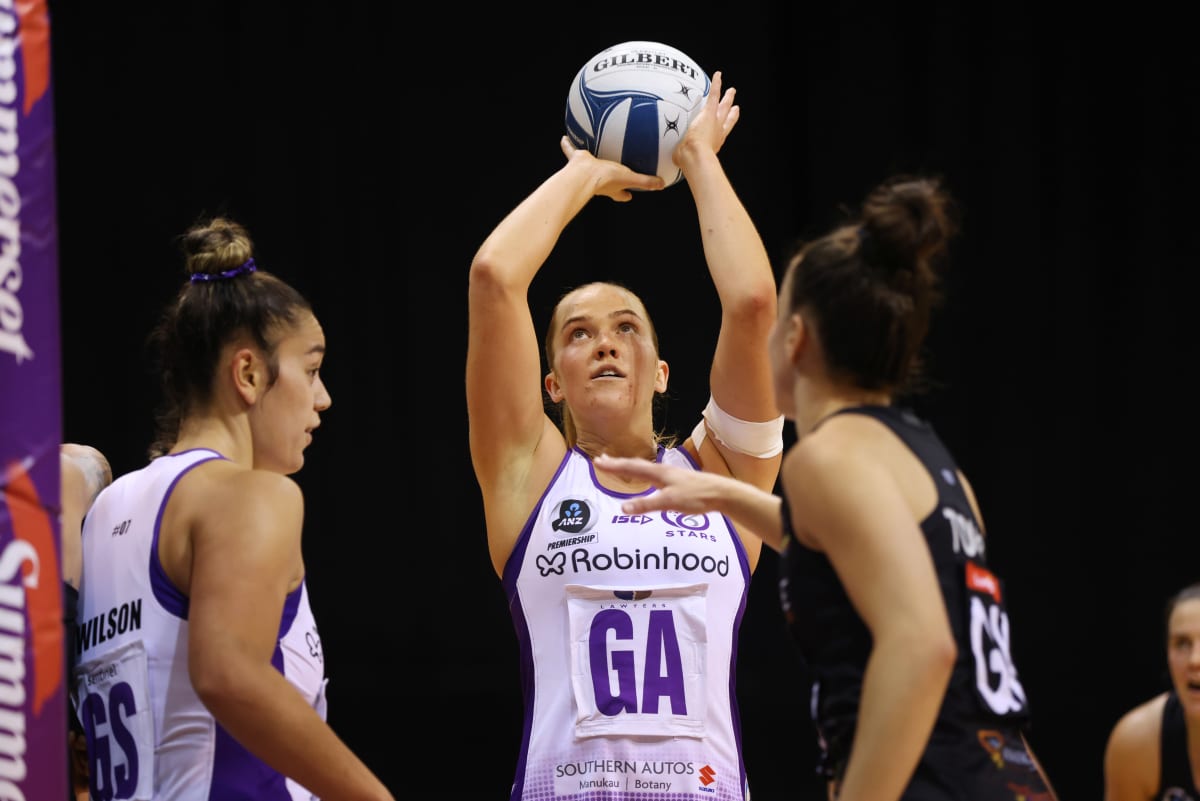
Hume and her support team threw everything they could at rehabilitation, but after three seasons and no improvement, they decided surgery was the best option and she had the operation in late 2022.
“It was frustrating because it was always in the back of my mind,” she says. “I knew there were certain things I wasn’t able to do as well as I could before my injury.”
Sharon Kearney, Netball New Zealand’s lead physiotherapist and NetballSmart consultant – says the unpredictability of netball and movement on court would expose the instability in Hume’s shoulder.
“To commit to surgery is a big step, as it’s six months out of netball and with pivotal international campaigns looming,” says Kearney. “It’s hard to make that final decision.”
Hume knew it was the best option. She was heavily strapped before every game and training.
Jumping and contesting for rebounds were the scariest motions. “I would be contesting for balls with my arms at full extension and when you add an opposition player into the mix it became quite unpredictable. Towards the end, my shoulder was coming out all the time,” she remembers.
“I started to notice myself pulling out of contests because I didn’t want my shoulder to come out.”
Hume wants to tell her story to help the next generation know the importance of rehabilitation.
The long road to recovery
When Hume had surgery, she had exactly six months until the start of this year's ANZ Premiership to get back.
She had an impressive support team - former Silver Ferns physio Mark Overington, specialist shoulder physio Margie Olds who led her rehabilitation programme, Stars physio Sarah Fanuatanu and surgeon Craig Ball who monitored her progress.
NetballSmart supported the other important elements of rehabilitating from an injury – ensuring her entire body was on a return to play programme.
Hume fully committed herself. “I’m a bit of psycho when it comes to my rehab to be honest,” she says with a laugh. “I’ve been pretty diligent in working through my rehab programmes.
“I knew that this particular shoulder surgery was pretty final when you get it. There is no second chance if you bugger it up.”
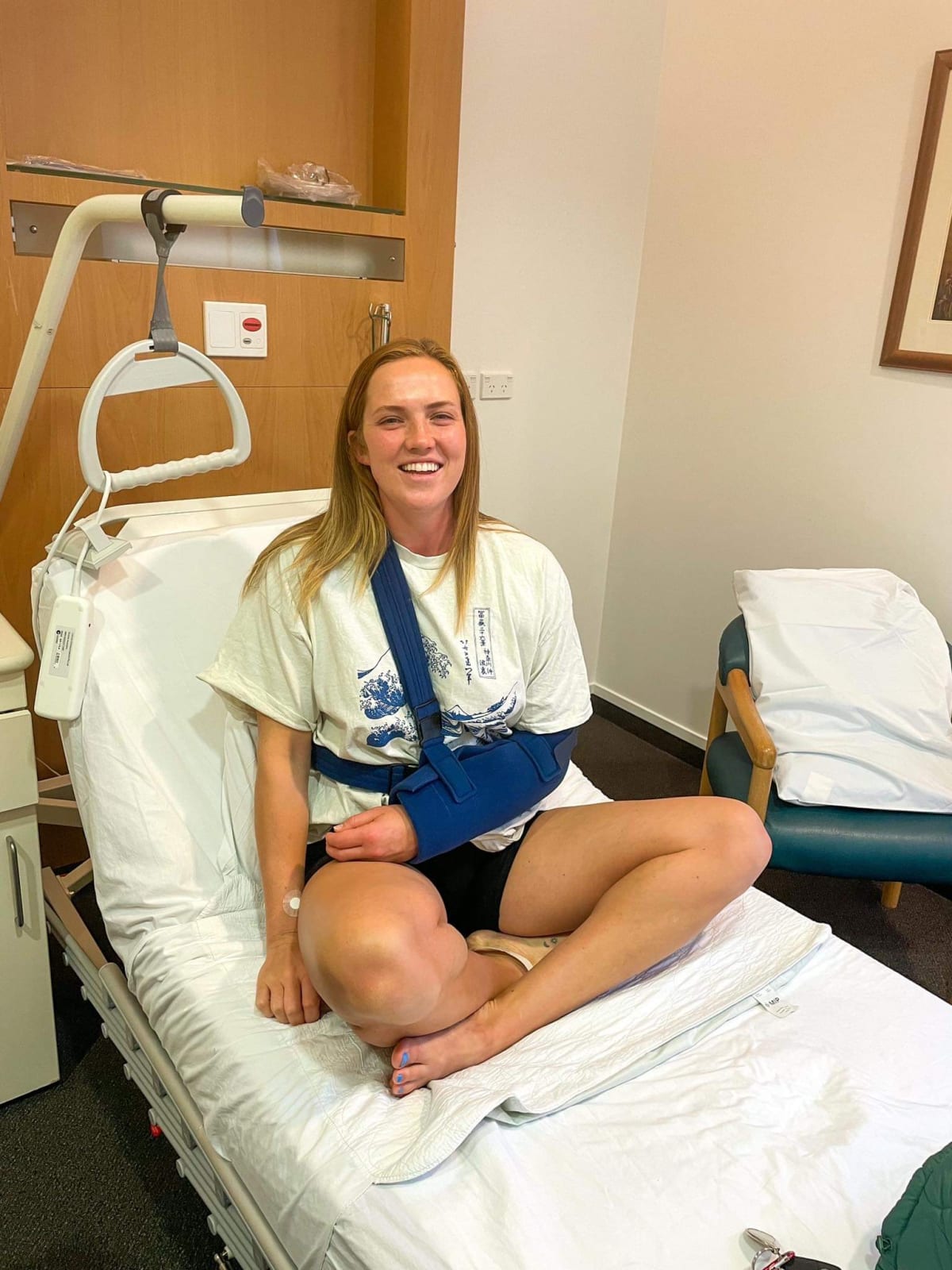
Kearney says six months of Return to Play is the usual outcome for shoulder surgery, but the ability to return and play well on the court is a different matter.
While her shoulder was healing, Hume committed to other elements that helped a successful transition – fitness, lower body strength, core strength, jumping and landing capability.
“By the time Jamie’s shoulder was ready to hit the court so was the rest of her body,” says Kearney.
Off the court, life was a challenge.
Hume spent six weeks in a sling. She struggled with everyday tasks like getting things out of high cupboards or making her bed. It was three months until she felt life was back to normal.
She would wake up first thing so her flatmates, who work in corporate roles, could do her hair before they went to work.
“It was pretty funny,” she says. “I definitely appreciate all those little things you take for granted now and I’m grateful to everyone who got me through that period.”
During her rehab, Hume trained to be a reformer Pilates instructor and also got back in the classroom as a primary school teacher at Glenavon School in west Auckland.
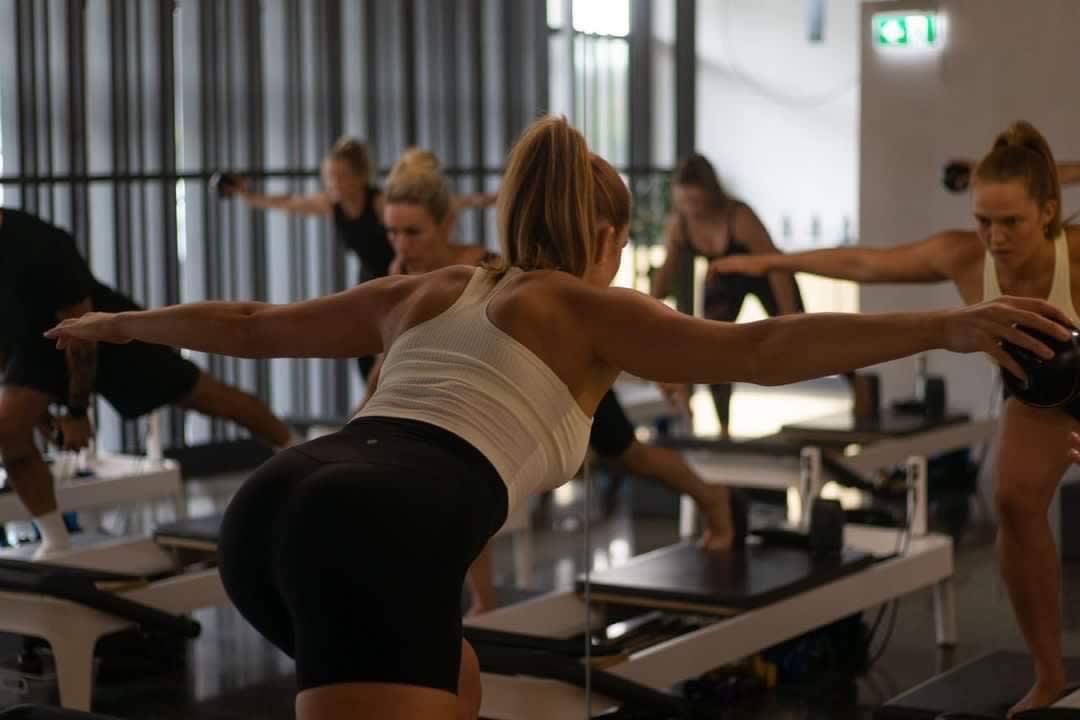
“The kids don’t watch netball, so they don’t really know who I am outside of school. It’s awesome to go there and be Miss Hume rather than Jamie Hume the netballer. It definitely keeps me sane.”
The cost of netball injuries
Netball is the most popular sport for females in New Zealand, but it’s also a leading cause of injuries.
In 2022 ACC accepted 21,146 netball-related injuries which cost $34m to help people recover. ACC invests in Netball NZ to help deliver the NetballSmart training programme.
Kearney says shoulder surgery is not common in netball compared with rugby.
“The challenges are not so much about contact, but about the length of time the arm is above the head and the extreme positions the arm goes to catch ball or shoot a ball,” she says.
“Regaining confidence in this and strength up in these positions is vital. This takes time and diligence.”
ACC injury prevention partner Nat Hardaker says NetballSmart is making a difference. “It’s exciting to see the positive impact of the programme supporting players to stay on the court and minimise time lost to injury,” she says.
“We’re keen to grow the reach of NetballSmart and ensure more netball players benefit from the programme so they can enjoy more time on the court with their team-mates."
“Like a kid at Christmas”
Hume says it was hard to describe the feeling when she was cleared to get back on court.
“My first training back, I was like a kid at Christmas, because I’d been watching for so long. I was running around trying to do everything at a million miles,” she says.
But Hume had to be patient and build into her progress. And she needed to enjoy her netball again.
Kearney says it’s been special seeing Hume back in action: “It’s been a real delight for me to see her awesome rehab team support Jamie back on court.”
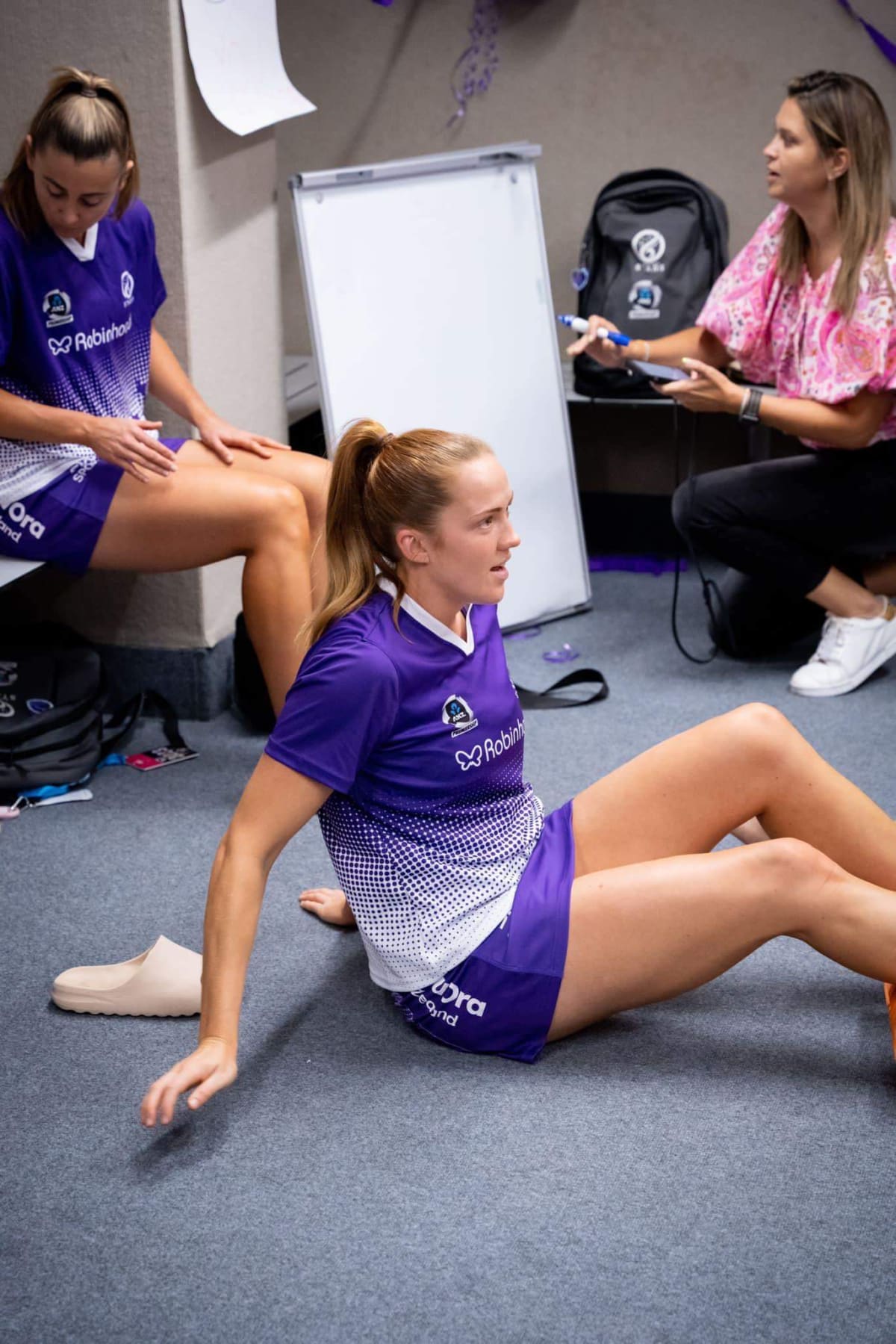
The Stars are motivated to go one better than their premiership grand final loss to the Pulse in 2022.
It’s a big year for netball with the World Cup in South Africa in July, but Hume is not thinking ahead.
She says the phase she’s currently in – trying to get back to where she was on court before surgery - has been the hardest part so far.
“I underestimated how challenging it was going to be to return to the level that I was playing at pre-surgery,” says Hume.
“I’m under no illusion that it’s going to be an easy ride to get back to where I was, and I definitely have a fair bit to go to compete for a spot on court, but I’m just stoked to be back out there.”
She offers good advice to young netball players on preventing injury and coming back from injury.
“Don’t use the NetballSmart programme as the ambulance at the bottom of the cliff,” she says. “It’s a great programme that sets you up to play at all levels.
“If you make it a habit early on, it will help you hugely in the long run.”







